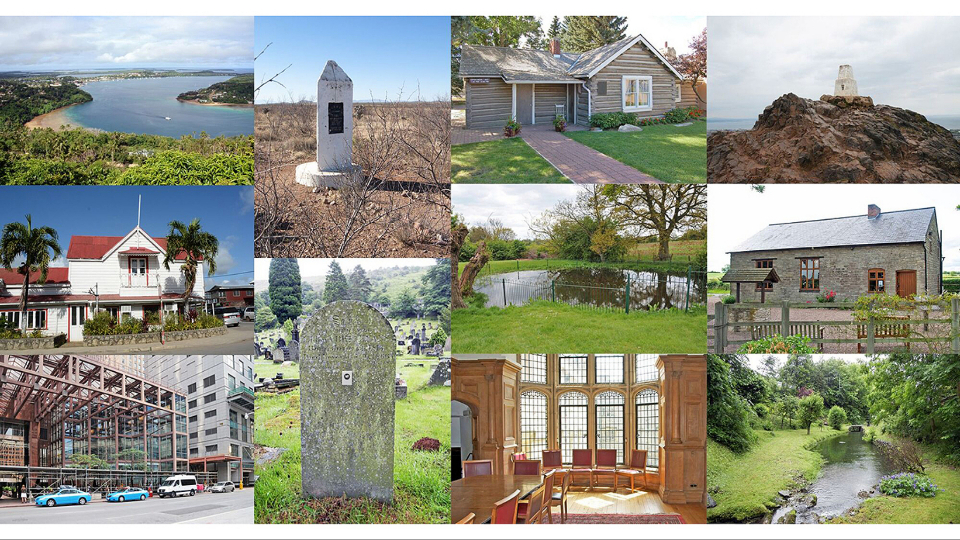
Church-sites-in-world
Locations outside the United States that are connected to events and people in Church history. Photos by Kenneth May, courtesy of Church News.All rights reserved.
This story appears here courtesy of TheChurchNews.com. It is not for use by other media.
By Christine Rappleye and Kenneth Mays, Church News
As early leaders of The Church of Jesus Christ of Latter-day Saints sent missionaries beyond the United States and as members traveled or established settlements abroad, many international events became connected to the history of Church.
Locations in Canada, Mexico and the United Kingdom — England, Wales and Scotland — along with islands in Tonga, are part of this list of 10 worldwide sites associated to events in Church history — but they may not be as well-known. A bonus site in England — connected to the translation of King James Bible — is included.
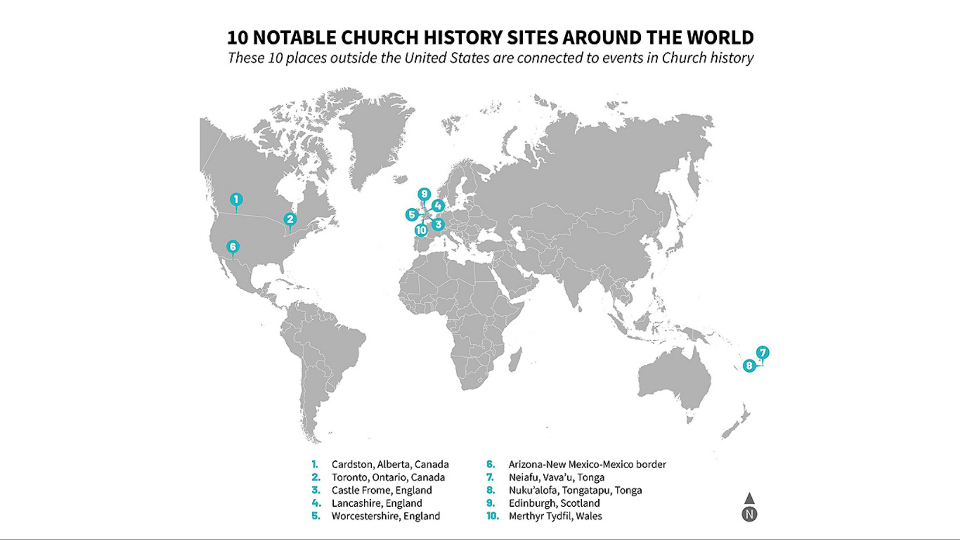
church-historic-sites-in-world
This map shows 10 places outside the United States that are connected to events in Church history: 1. Cardston, Alberta, Canada; 2. Toronto, Ontario, Canada; 3. Castle Frome, England; 4. Lancashire, England; 5. Worcestershire, England; 6. Arizona-New Mexico-Mexico border; 7. Neiafu, Vava’u, Tonga; 8. Nuku’alofa, Tongatapu, Tonga; 9. Edinburgh, Scotland; 10 Merthyr Tydfil, Wales. Graphic by Serina Nielson, courtesy of Church News.Copyright 2023 Deseret News Publishing Company.
1. Cardston, Alberta, Canada
In 1886, Cache Stake President Charles O. Card received permission from President John Taylor to investigate colonizing opportunities in southwestern Canada, and he took a group from Utah to explore the area.
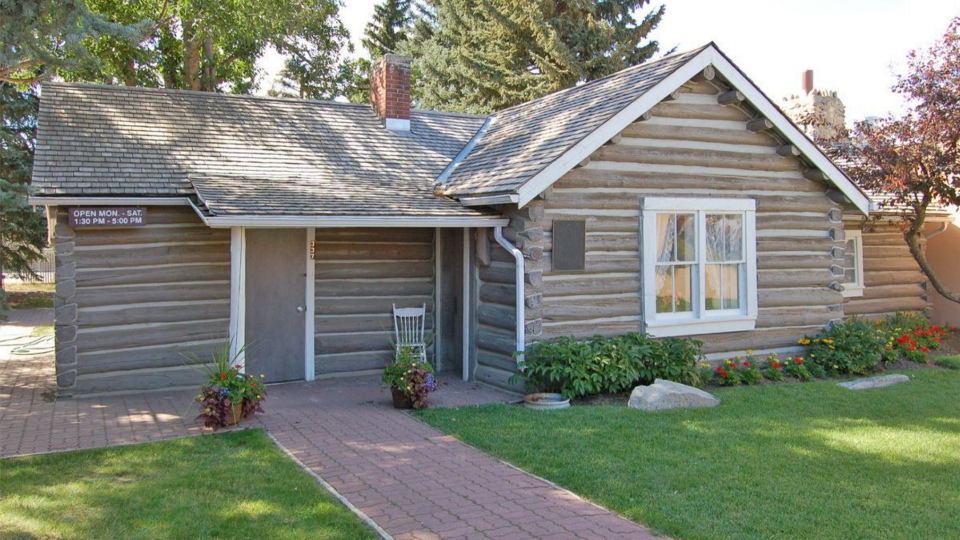
World-Church-Historic-Sites
The restored home of Charles Ora Card is shown in 2006. He led the first groups of members of The Church of Jesus Christ of Latter-day Saints from Utah to Canada and helped establish the community of Cardston in Alberta, Canada, in 1887. The C.O. Card house is on the Alberta Register of Historic Places and was designated a provincial historic resource in 1978. Photo by Kenneth Mays, courtesy of Church News.All rights reserved.
The next year, he returned to Canada with 10 families and established a colony named Card’s Town. He was the first mayor, according to the Cardston Historical Society.
A historical marker in front of the Cards’ restored home notes “It was one of the first buildings in the new townsite and remained for many years the center of Cardston’s development.”
A monument on the outskirts of town marks the site where the first group of families entered Canada. “In a driving rain, each member of the group of eight families added a rock to the pile, and they all gave three cheers for their new home and religious freedom,” the plaque on the monument notes.
2. John Taylor Sites in Toronto, Ontario, Canada
When Parley P. Pratt arrived in Toronto, Ontario, in 1836, one of the places he visited was the home of John and Lenora Taylor. They had a wood-turning shop next to their home, according to the account in “Sacred Places, Vol. 1,” edited by LaMar C. Berrett.
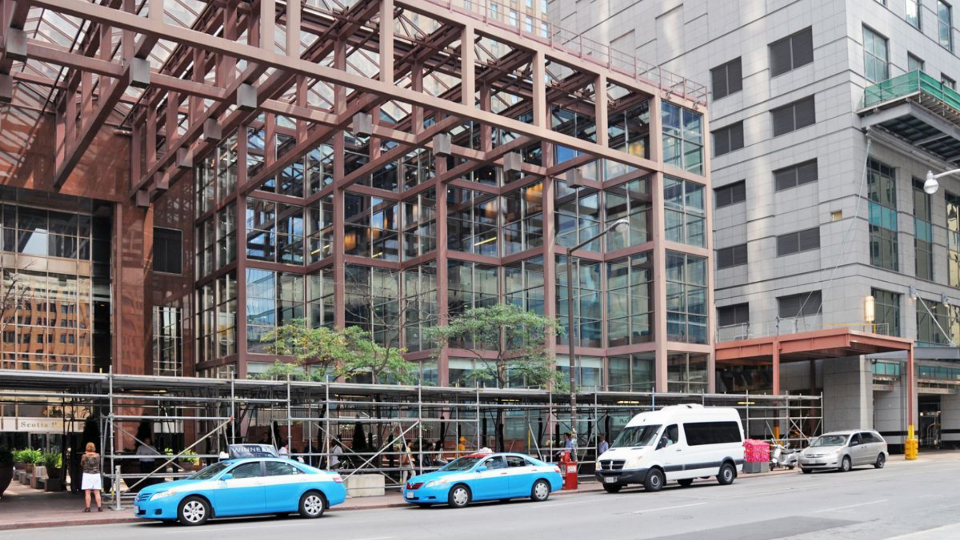
World-Church-Historic-Sites
The view of the block in Toronto, Canada, in 2012, where John and Lenora Taylor’s home and wood-turning shop once stood. Photo by Kenneth Mays, courtesy of Church News.All rights reserved.
The 68-story Scotia Tower and Plaza, and the Bank of Nova Scotia, in downtown Toronto now occupy the block where the Taylor home and shop once stood.
The Taylors and others, including Joseph Fielding and his sisters Mary and Mercy Fielding, were later baptized by Elder Pratt in the Black Creek near Downsview Park, in Toronto.
John Taylor later became the third president of the Church.
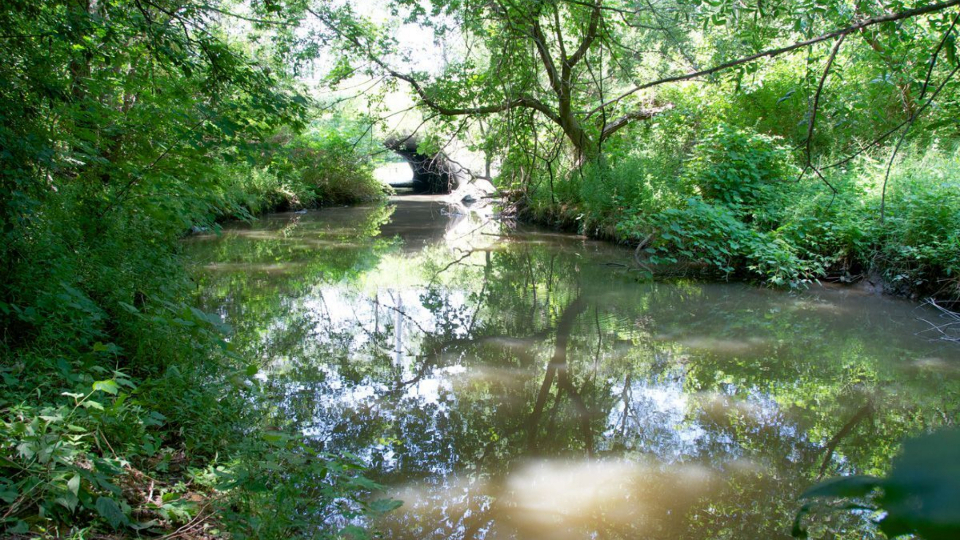
World-Church-Historic-Sites
Black Creek near Downsview Park in Toronto, Ontario, is where John and Lenora Taylor were baptized in 1836 by Parley P. Pratt. It is shown in 2012. Photo by Kenneth Mays, courtesy of Church News.All rights reserved.
3. Farm of John and Jane Benbow, Castle Frome, England
Serving a mission in England, Elder Wilford Woodruff arrived March 4, 1840, at the home of John and Jane Benbow at Hill Farm near the village of Castle Frome, Herefordshire, England. He preached and spent the night there.
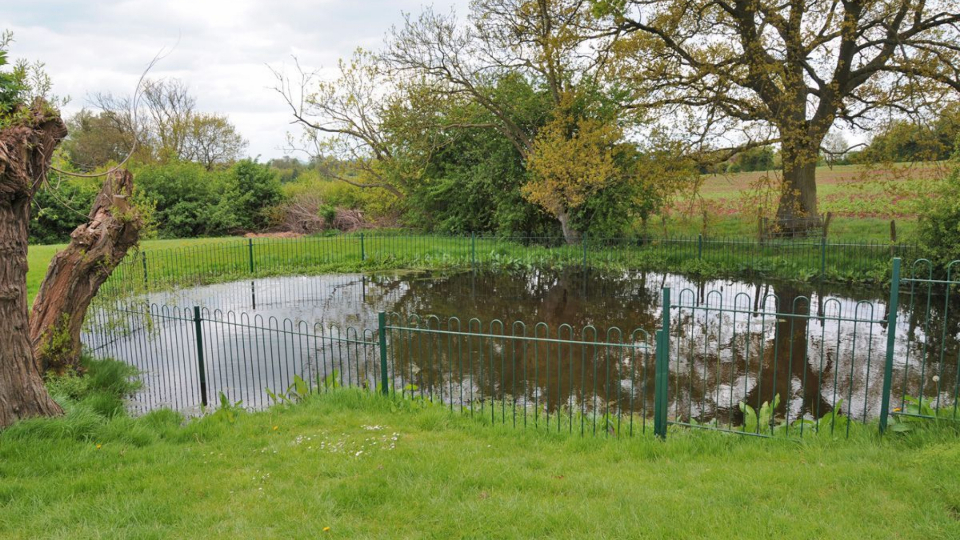
World-Church-Historic-Sites
The pond near John and Jane Benbow’s home at Hill Farm near the village of Castle Frome, Herefordshire, England, is shown in 2011. The Benbows and others were baptized in the pond by Elder Wilford Woodruff in 1840. Photo by Kenneth Mays, courtesy of Church News.All rights reserved.
Days later, the Benbows and several others were baptized in a pond on the farm; dozens of people were baptized in the pond in 1840 and 1841. The influence and generosity of the Benbows were monumental in this chapter of the Church’s history.
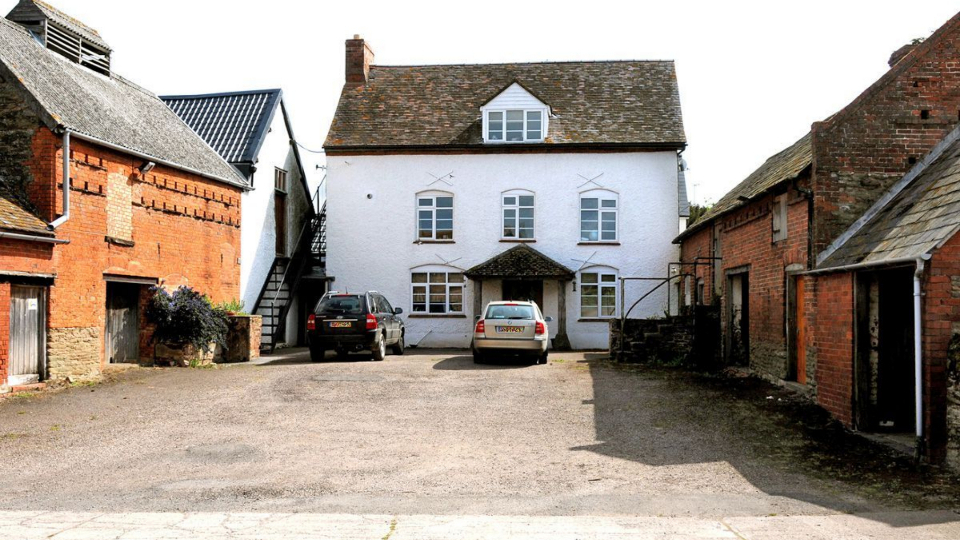
World-Church-Historic-Sites
The home of John and Jane Benbow at Hill Farm near the village of Castle Frome, Herefordshire, England, is shown in 2009. The Benbows and others were baptized in the pond by Elder Wilford Woodruff in 1840. It is currently a private residence. Photo by Kenneth Mays, courtesy of Church News.All rights reserved.While Elder Woodruff was in the Herefordshire area, he would frequently use the Benbow home as a base for missionary work.
The farm itself is privately owned, but the Church does own the pond, which is always open to the public.
4. Chatburn Baptism Site, Lancashire, England
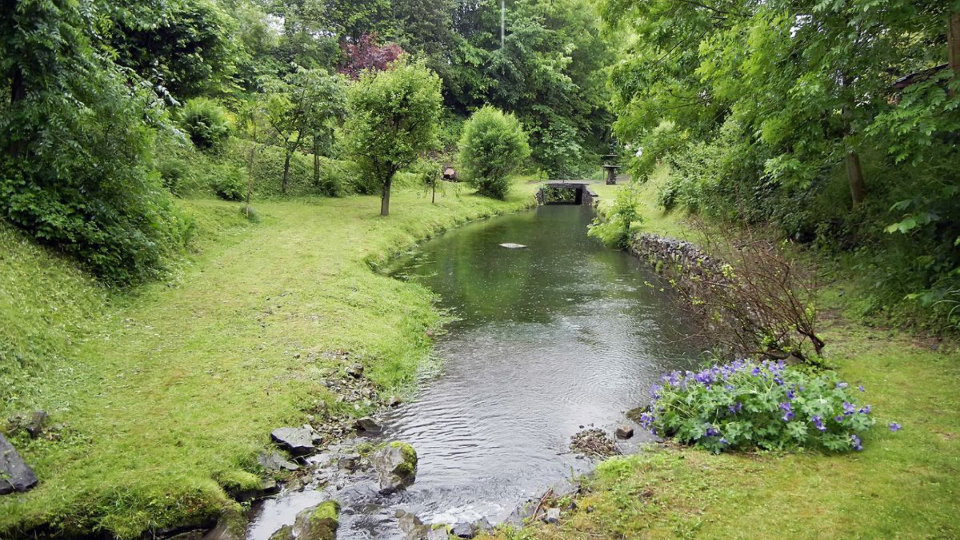
World-Church-Historic-Sites
This stream near Chatburn in the Ribble Valley in eastern Lancashire, England, shows the site where Elder Heber C. Kimball and his companions baptized many of the Latter-day Saint converts from Chatburn and Downham, which is about a mile away, and perhaps other places in the area. It is shown in 2011. Photo by Kenneth Mays, courtesy of Church News.All rights reserved.
The village of Chatburn is in the Ribble Valley in eastern Lancashire, England, and other nearby villages include Clitheroe, Downham and Rimington. Elder Heber C. Kimball served two fruitful missions in Great Britain during which he labored in this area. The villages of Chatburn and Downham were remarkably productive.
The baptisms for many who joined the Church were performed in a stream near Chatburn.
5. The Gadfield Elm Chapel, Worcestershire, England
The chapel at Gadfield Elm in Worcestershire, England, was initially built by the United Brethren in 1836, with room for 100 people.
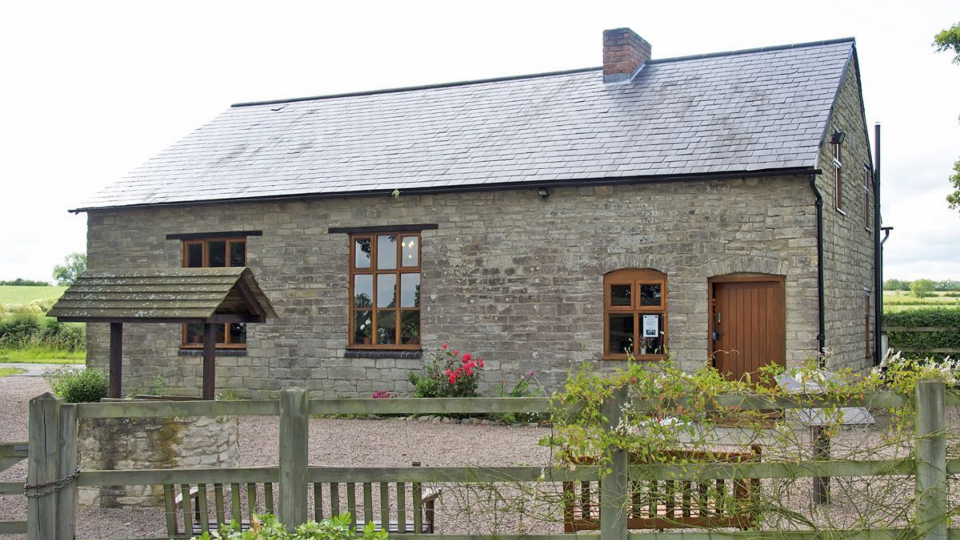
World-Church-Historic-Sites
The chapel at Gadfield Elm in Worcestershire, England, was initially built by the United Brethren. As most of them joined The Church of Jesus Christ of Latter-day Saints, the chapel was deeded to the Church and was the site of the first Latter-day Saint worship services in England. It was restored by a private group and then donated to the Church in 2004. It is shown in 2011. Photo by Kenneth Mays, courtesy of Church News.All rights reserved.
As Elder Woodruff began sharing the gospel in the area where Worcestershire, Herefordshire and Gloucestershire meet, many people started joining the Church, including the Benbows and their neighbors. The Benbows and many of the United Brethren congregation joined the Church, and the chapel was deeded to the Church and was the site of the first Latter-day Saint worship services in England.
It was sold to help finance the trips to help emigrants to the United States. The Gadfield Elm Chapel was bought and restored by a private group and then donated to the Church in 2004. Information about visiting the chapel is at uk.churchofjesuschrist.org/gadfield-elm-chapel.
6. Mormon Battalion in Mexico
The Mormon Battalion was mustered in July 1846 to help the United States in the Mexican American War. Battalion members helped create wagon roads as they marched nearly 2,000 miles from Council Bluffs, Iowa, to San Diego, California, through Mexican territory. The territory at the time included present-day California, Nevada, Utah and New Mexico and parts of Arizona and Colorado and other current U.S. states.
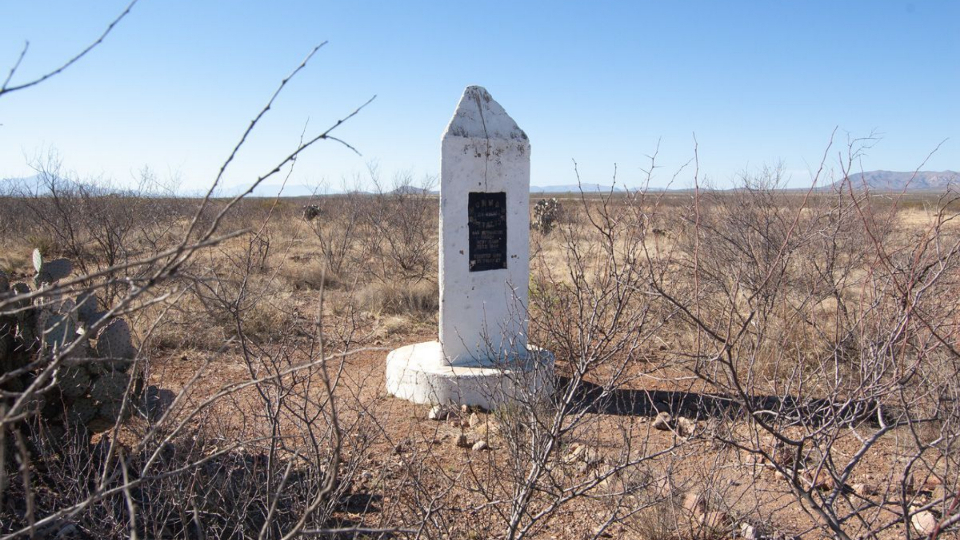
World-Church-Historic-Sites
This marker near the Arizona-New Mexico-Mexico border is one of several markers placed on the approximate route of the Mormon Battalion and is shown in 2007. The battalion passed this site just after exiting Guadalupe Pass and continued into Mexico. Photo by Kenneth Mays, courtesy of Church News.All rights reserved.
In December 1846, the route took them into present-day Mexico near the Arizona-New Mexico-Mexico border, through unforgiving dry terrain of rocks and desert scrub. The battalion continued west to roughly present-day Douglas, Arizona, and then started bearing northward back to the United States side of the border, where they eventually found the San Pedro River near Palominos, Cochise, Arizona.
7. Neiafu, Vava’u, Tonga
In the island nation of Tonga, Vava’u is the northern cluster of islands, with Neiafu being one of the larger towns there. In 1895 — four years after the first Latter-day Saint missionaries arrived from Samoa — Andrew Jensen, assistant Church historian, was traveling from Fiji to Samoa and came to Tonga. He sailed to Vava’u and to Neiafu. On Aug. 20, 1895, he took a walk and climbed Mount Talau, the highest peak in the area. He recorded about the “magnificent view” and prayed there.
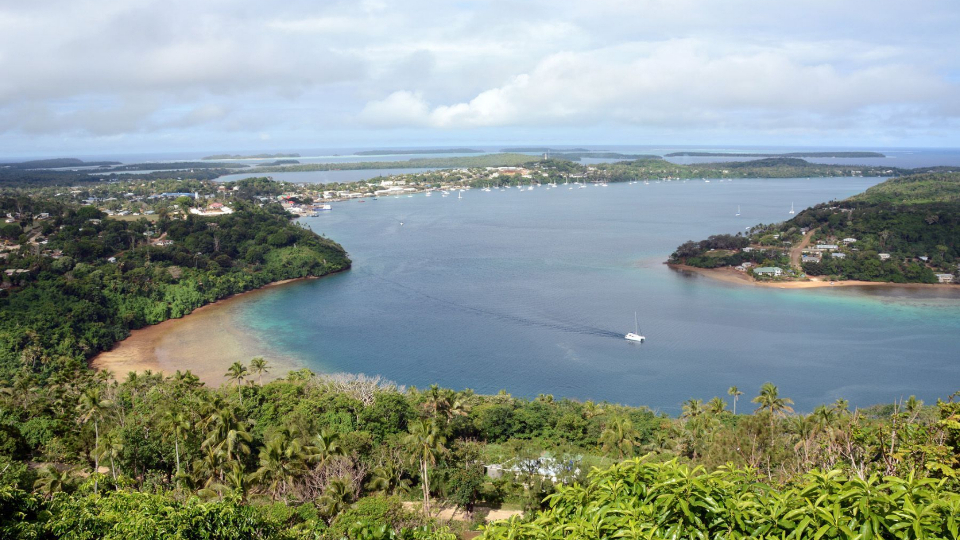
World-Church-Historic-Sites
The view of Neiafu, Vava’u, Tonga, from Mount Talau, the highest peak in the area, is shown in 2016. Andrew Jensen, then-assistant historian of The Church of Jesus Christ of Latter-day Saints, stopped here in 1895 and also climbed the peak. Photo by Kenneth Mays, courtesy of Church News.2023 by Intellectual Reserve, Inc. All rights reserved.
He visited other Tongan islands and returned to Neiafu a few weeks later with missionaries. On September 9, 1895, he and the missionaries climbed Mount Talau, sang and knelt together and prayed.
A temple is being built in Neiafu with a groundbreaking having taken place in September 2021.
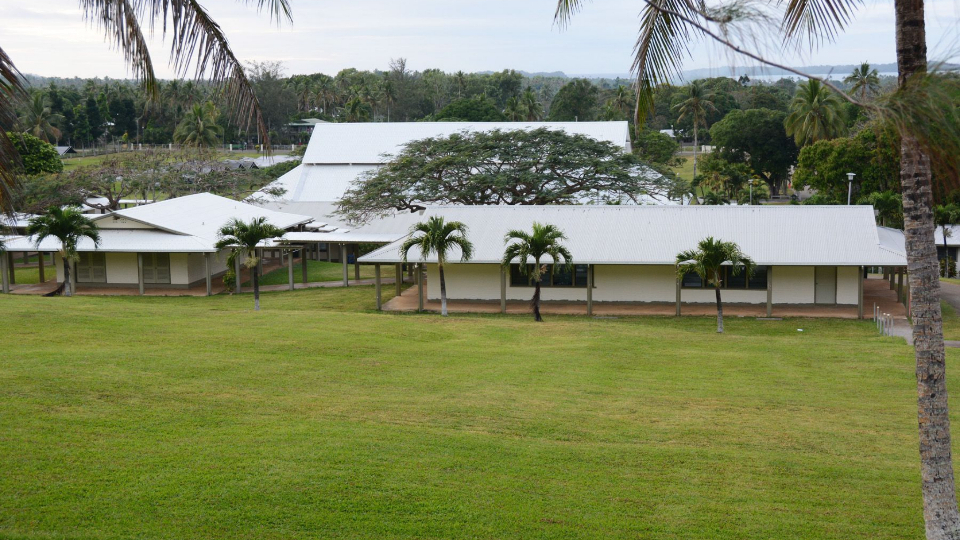
World-Church-Historic-Sites
The new temple in Neiafu, Vava’u, Tonga, is being build next to Saineha High School, a Church-sponsored school. The school is shown in 2016. The groundbreaking for the temple was on September 11, 2021. Photo by Kenneth Mays, courtesy of Church News.All rights reserved.
8. Percival Building, Nuku’alofa, Tongatapu, Tonga
Brigham Smoot and Alva Butler, the first missionaries to Tonga, arrived in the capital city of Nuku’alofa, on July 15, 1891. After some difficulty, they were able to rent an apartment above a bakery owned by Mr. Percival on the corner of Taufa’ahau Road and Salote Road. It had a balcony that overlooked the city’s main intersection and also watched the king pass by on his way to the Parliament Building. The missionaries were able to meet the kingdom’s leaders.
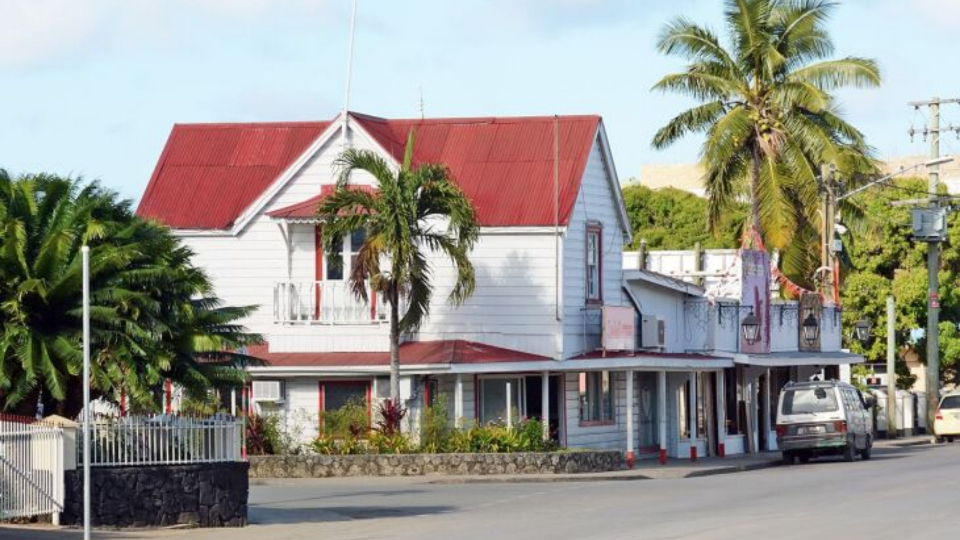
World-Church-Historic-Sites
When missionaries of The Church of Jesus Christ of Latter-day Saints landed at Nuku’alofa, Tonga, in the summer of 1891, they were able to rent rooms from Mr. Percival above a bakery. The apartment had a balcony that overlooked the main intersection of Nuku’alofa and was near the Parliament building. The Percival Building is shown in 2016. Photo by Kenneth Mays, courtesy of Church News.All rights reserved.
(See “Saints of Tonga” by Brent Reed Anderson, Fred Woods and Riley Moore Moffat and “LDS Church History Sites in the Kingdom of Tonga” by Moffat in Mormon Historical Studies, Spring and Fall 2016, Vol. 17.)
The building is still standing, has the balcony and looks much like it did in 1891.
A temple was dedicated in Nuku’alofa in 1983 and rededicated in 2007.
9. Arthur’s Seat, Edinburgh, Scotland
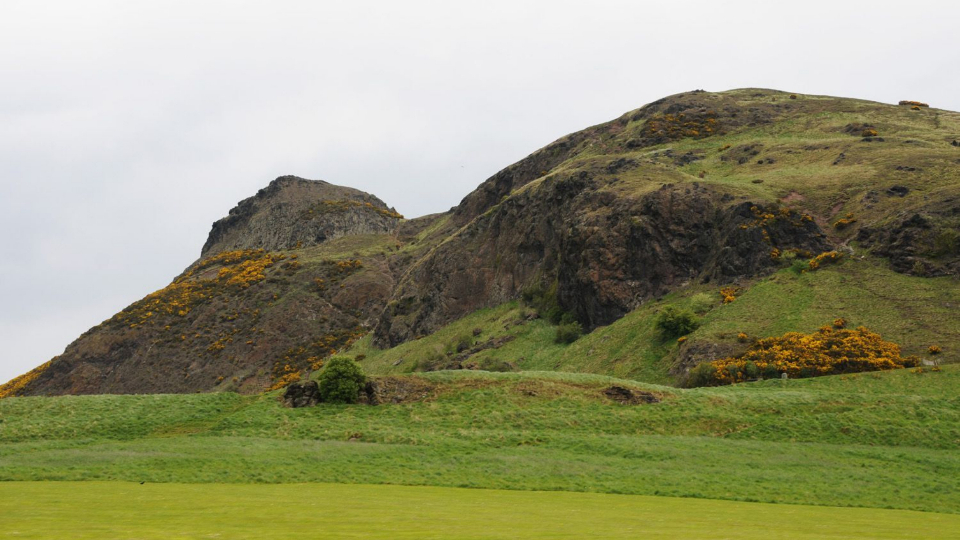
World-Church-Historic-Sites
Arthur’s Seat is a peak on an ancient volcano near Edinburgh, Scotland, that rises about 250 meters (about 820 feet) above sea level and is shown here in May 2010. While Orson Pratt was on a mission in Scotland, he would climb the peak and pray. Photo by Kenneth Mays, courtesy of Church News.All rights reserved.
Arthur’s Seat is an ancient volcano and the main, rocky peak of the hills in Holyrood Park. It rises about 250 meters (about 820 feet) above sea level.
When members of the Quorum of the Twelve Apostles served missions in the British Isles in the late 1830s and early 1840s, Orson Pratt went to Scotland. He noted the beauty of the area, including the surrounding summits. He would climb the rocky Arthur’s Seat — known as “Pratt’s Hill” among Latter-day Saints.
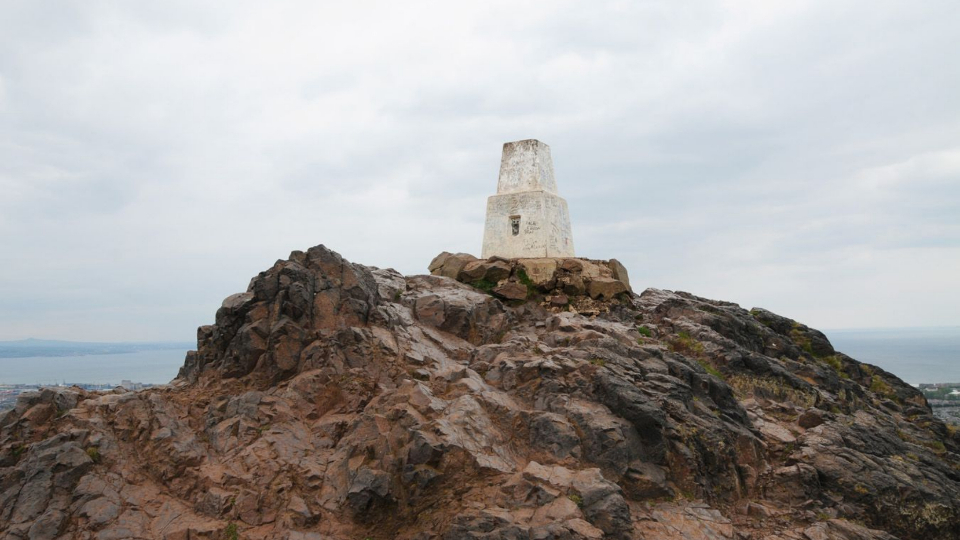
World-Church-Historic-Sites
The monument on top of Arthur’s Seat, a peak on an ancient volcano near Edinburgh, Scotland, that rises about 250 meters (about 820 feet) above sea level, is shown here in May 2010. While Orson Pratt was on a mission in Scotland, he would climb the peak and pray. Photo by Kenneth Mays, courtesy of Church News.All rights reserved.
“On his first climb, it is said, he pleaded with the Lord for 200 converts. By the time he left Scotland, that prayer had been more than answered,” according to “Men With a Mission: The Quorum of the Twelve Apostles in the British Isles, 1837-1841” by David J. Whittaker, James B. Allen and Ronald K. Esplin.
10. Abel Evans’ Grave, Merthyr Tydfil, Wales
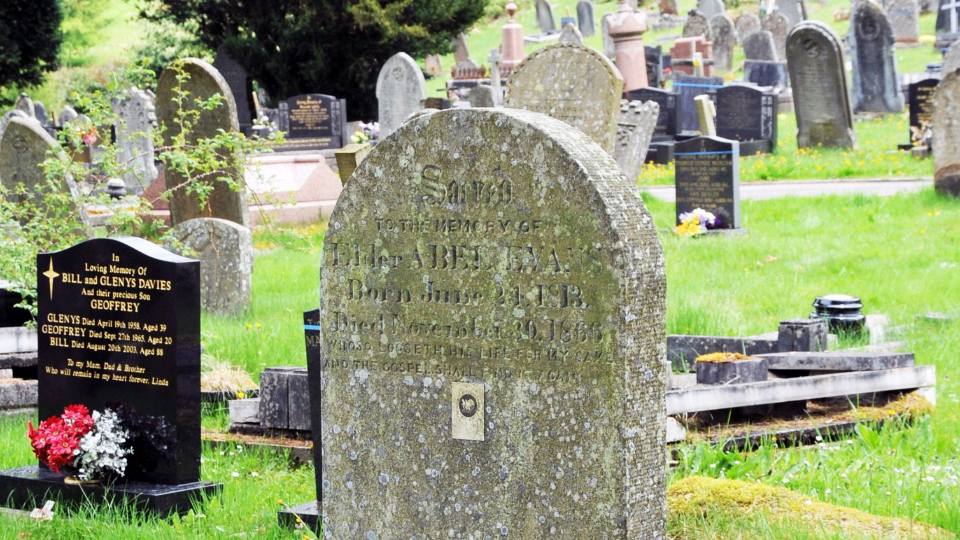
World-Church-Historic-Sites
The marker for Abel Evans — who joined The Church of Jesus Christ of Latter-day Saints in Merthyr Tydfil, Wales, helped shared the gospel in Wales, immigrated to Utah and then later returned to Wales to serve a mission — is shown in 2011. He is buried in the Cefn Coed cemetery in Merthyr Tydfil, Wales. Photo by Kenneth Mays, courtesy of Church News.All rights reserved.
When the Latter-day Saint missionaries came to Merthyr Tydfil, Wales, Abel Evans was picked by the local nonconformists to debate them. By the end of the second debate, he found he couldn’t sustain the nonconformists’ arguments. He was later baptized as a member of the Church.
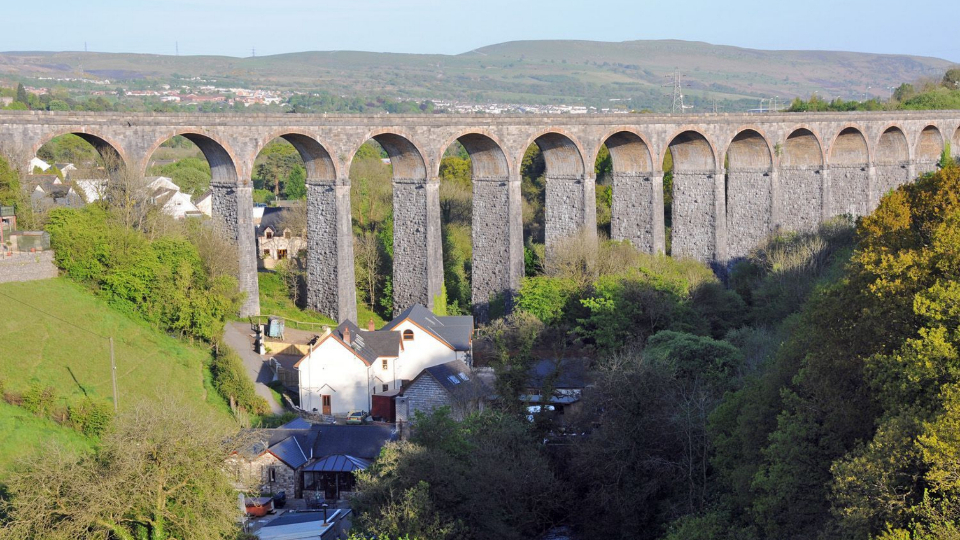
World-Church-Historic-Sites
A view of Merthyr Tydfil, Wales, in 2009. Abel Evans, who joined The Church of Jesus Christ of Latter-day Saints in Merthyr Tydfil, Wales, helped shared the gospel in Wales, immigrated to Utah and then later returned to Wales to serve a mission, is buried in the Cefn Coed cemetery. Photo by Kenneth Mays, courtesy of Church News.All rights reserved.
He served as a traveling missionary through North and South Wales. He emigrated to America in 1850, married Mary Jones and settled in Utah. He was called on a mission to Wales in 1865 and served as the president of the Welsh District. He developed a bad cough that affected his health. He worked until he died in November 1866 at Merthyr Tydfil. (See uk.churchofjesuschrist.org/elders-in-graveyards for more information.)
Bonus Site: Henry Saville’s Room, Merton College, Oxford, England
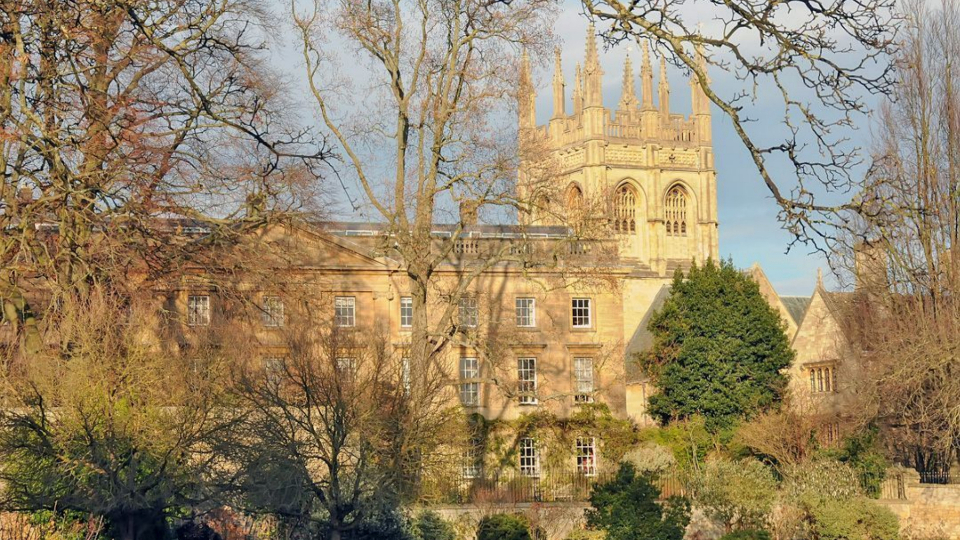
World-Church-Historic-Sites
Merton College in Oxford, England, is shown in 2010. A group of translators including Henry Savile working on the King James Bible used his quarters at the school to work on the translation. Photo by Kenneth Mays, courtesy of Church News.All rights reserved.
Though not related to the Church’s history, it is connected to the translation of the King James Bible. Henry Saville was the warden of Merton College in Oxford, England, when he was a member of the Second Oxford Committee working to translate the Bible. The Second Oxford Committee was responsible for the Gospels, Acts and the book of Revelation. His group of translators met in his quarters at Merton College. (See kingjamesbibletranslators.org/bios/Henry_Savile/ for more information.)
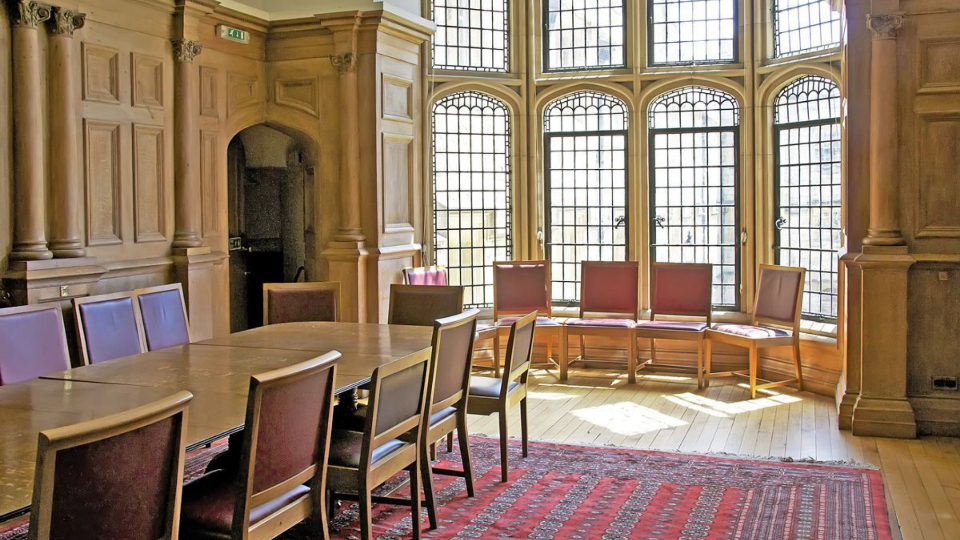
World-Church-Historic-Sites
The interior of the Henry Savile room at Merton College in Oxford, England, is shown in 2011. A group of translators including Henry Savile working on the King James Bible used his quarters at the school to work on the translation. Photo by Kenneth Mays, courtesy of Church News.All rights reserved.
— Photos by Kenneth Mays, who is a retired instructor in The Church of Jesus Christ of Latter-day Saints’ Department of Seminaries and Institutes. His image collection is available at catalog.ChurchofJesusChrist.org.
